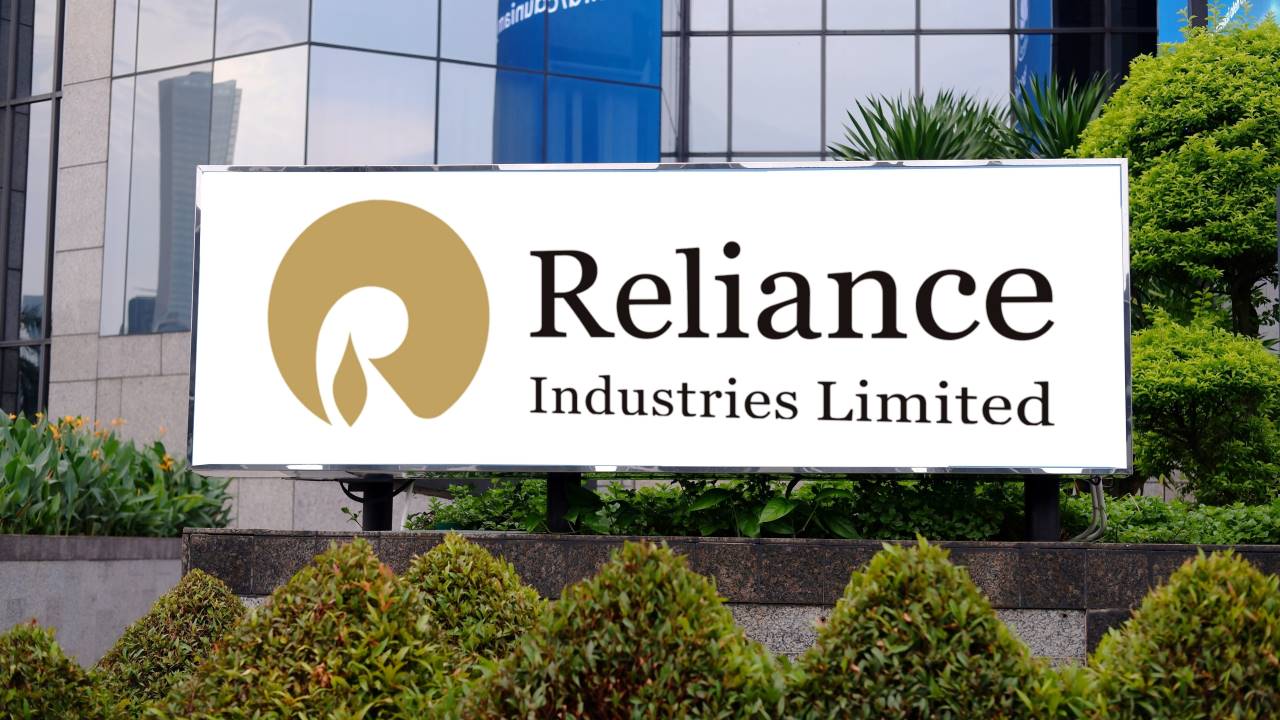[ad_1]

| Company | Value | Change | %Change |
|---|
The company’s Earnings Before Interest, Tax, Depreciation, and Amortization (EBITDA) rose 12% sequentially, exceeding the estimated 8% growth. This performance was supported by:
O2C, up 16% (vs. the estimate of 10%),
Retail, up 16.7% (vs. the estimate of 7–8% growth),
Oil & Gas, up 5.2% quarter-on-quarter (QoQ) but down 4.1% year-on-year (YoY),
Jio, up 2.9% (below the estimated 4–5% growth).
Out of the 39 analysts covering Reliance Industries, 33 maintain a ‘Buy’ recommendation, while three each have a ‘Hold’ or ‘Sell’ rating.
Global brokerage firm Morgan Stanley remains ‘Overweight‘ on Reliance Industries, with a price target of ₹1,662 per share.
The foreign brokerage wrote in its note that RIL is back on a growth path after six months of challenges.
The third-quarter earnings were better than low expectations, but more importantly, they included key factors that could lead to a re-rating of the stock back to mid-cycle multiples as the risk of earnings downgrades diminishes, the note added.
Morgan Stanley also noted that RIL has moved up one position to rank 2 in its preference order.
For Q3 FY25, RIL’s EBITDA was 7% above estimates, driven by Energy EBITDA, which exceeded expectations by 6%, and a turnaround in retail earnings. Chemicals margins improved to $217 (vs. $190 QoQ), outperforming industry benchmarks. Retail EBITDA grew 9% YoY, while revenues rose 7% YoY despite store rationalisation.
CLSA has an ‘Outperform
‘ rating on Reliance Industries, with a price target of ₹1,650 per share.
The brokerage noted that RIL’s Q3 FY25 consolidated EBITDA and PAT were 5% and 3% ahead of forecasts, respectively, driven by better performance in upstream and retail businesses. However, Jio underperformed due to a miss on ARPU (average revenue per user), despite better-than-expected subscriber additions, CLSA said.
Retail EBITDA exceeded expectations by 8%, with EBITDA per square foot rising to a 10-quarter high. The consumer grocery business posted 37% YoY growth, even as the retail selling area was further reduced by 2 million square feet. Management indicated that the streamlining of retail operations might be nearing completion.
The company also outlined plans for online grocery commerce, FMCG, and artificial intelligence (AI).
Jefferies has retained its ‘Buy‘ rating on Reliance Industries, with a price target of ₹1,660 per share. Consolidated EBITDA was 5% ahead of Jefferies’ estimates, with Retail and O2C segments outperforming by 8% and 3%, respectively.
The restoration of growth in the Retail segment suggests that the worst may be behind, with express delivery services being piloted in 4,000 pincodes.
Jio’s EBITDA missed estimates by 2%, primarily due to slightly lower ARPU (average revenue per user) and elevated costs.
O2C profitability was supported by refining, with an improved outlook anticipated for FY26.
Jefferies mentioned that further traction in the Retail segment, potential tariff hikes, and a possible listing of Jio could act as key triggers in FY26.
Citi also has a ‘Buy‘ rating on Reliance Industries, with a price target of ₹1,530 per share.
The brokerage said that RIL delivered a strong beat in Q3, with the rebound in Retail performance being the key highlight, followed by better-than-expected O2C performance.
Shares of Reliance Industries ended 1.82% higher on Thursday at ₹1,275. Year-to-date, the stock has risen 4.40%, compared to the Nifty’s 1.4% decline, but remains 21% below its 52-week high of ₹1,608.80.
[ad_2]
Source link










